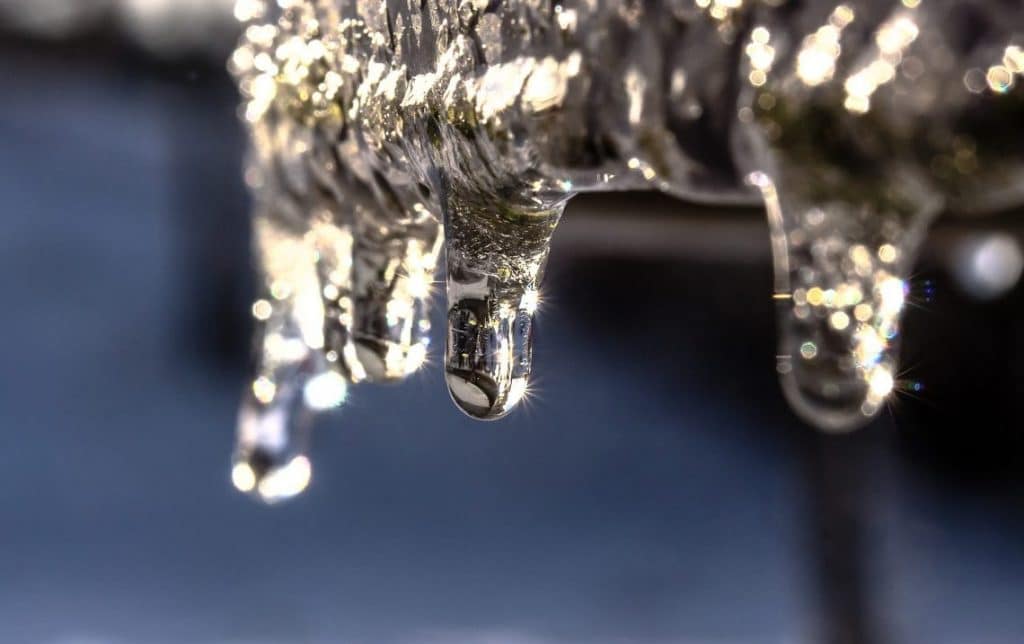Important Advice for Avoiding Frozen Plumbing in Winter Conditions
Important Advice for Avoiding Frozen Plumbing in Winter Conditions
Blog Article
We have stumbled on this great article about Preventing and dealing with frozen pipes directly below on the net and reckoned it made perfect sense to relate it with you in this article.

Cold weather can damage your plumbing, particularly by freezing pipes. Right here's just how to prevent it from occurring and what to do if it does.
Introduction
As temperature levels decrease, the threat of icy pipelines rises, possibly bring about pricey fixings and water damages. Understanding exactly how to avoid frozen pipelines is vital for homeowners in chilly environments.
Avoidance Tips
Insulating vulnerable pipes
Wrap pipes in insulation sleeves or utilize warmth tape to protect them from freezing temperature levels. Concentrate on pipes in unheated or exterior areas of the home.
Home heating techniques
Keep interior rooms appropriately heated up, specifically locations with pipes. Open cupboard doors to permit warm air to distribute around pipes under sinks.
Just how to identify frozen pipes
Try to find lowered water circulation from taps, uncommon smells or sounds from pipelines, and noticeable frost on revealed pipelines.
Long-Term Solutions
Architectural changes
Consider rerouting pipelines far from outside wall surfaces or unheated locations. Add extra insulation to attic rooms, cellars, and crawl spaces.
Upgrading insulation
Invest in high-quality insulation for pipelines, attics, and wall surfaces. Proper insulation helps maintain consistent temperatures and minimizes the risk of frozen pipes.
Securing Exterior Plumbing
Garden hose pipes and outdoor faucets
Separate and drain garden tubes prior to winter months. Mount frost-proof faucets or cover outdoor taps with insulated caps.
Comprehending Icy Pipelines
What creates pipes to freeze?
Pipes freeze when exposed to temperatures below 32 ° F (0 ° C) for extended periods. As water inside the pipes ices up, it increases, taxing the pipeline walls and potentially causing them to burst.
Threats and problems
Icy pipelines can lead to water supply disturbances, residential or commercial property damages, and costly repair work. Ruptured pipes can flood homes and trigger extensive architectural damage.
Indicators of Frozen Pipeline
Recognizing frozen pipelines early can stop them from bursting.
What to Do If Your Pipelines Freeze
Immediate activities to take
If you presume frozen pipes, keep taps available to relieve pressure as the ice melts. Make use of a hairdryer or towels taken in warm water to thaw pipes slowly.
Verdict
Protecting against frozen pipelines calls for proactive measures and quick reactions. By comprehending the reasons, indications, and preventive measures, home owners can shield their pipes during cold weather.
6 Proven Ways to Prevent Frozen Pipes and Protect Your Home
Disconnect and Drain Garden Hoses
Before winter arrives, start by disconnecting your garden hoses and draining any remaining water. Close the shut-off valves that supply outdoor hose bibs and leave the outdoor faucet open to allow any residual water to drain. For extra protection, consider using faucet covers throughout the colder months. It’s also important to drain water from any sprinkler supply lines following the manufacturer’s directions.
Insulate Exposed Pipes
Insulating your pipes is an effective way to prevent freezing. Pipe insulation is readily available at home improvement stores and is relatively inexpensive. Pay close attention to pipes in unheated areas such as the attic, basement, crawl spaces, or garage. Apply foam insulation generously to create a buffer against the cold. You can also wrap your pipes in heat tape or thermostat-controlled heat cables for added warmth.
Seal Air Leaks
Inspect your home for any cracks or openings that could let in cold air. Seal any holes around the piping in interior or exterior walls, as well as the sill plates where your home rests on its foundation. Additionally, make sure to keep your garage door closed unless you’re entering or exiting. Leaving it open creates a significant air leak that can lead to frozen pipes.
Allow Warm Air Circulation
During cold snaps, it’s essential to allow warm air to circulate evenly throughout your home. Leave interior doors ajar to promote better airflow. Open kitchen and bathroom cabinets to help distribute heat consistently around the rooms. If you have small children or pets, be sure to remove any household chemicals or potentially harmful cleaners from open cabinets for safety.
Let Faucets Drip
A small trickle of water can make a big difference in preventing ice formation inside your pipes. When temperatures drop significantly, start a drip of water from all faucets served by exposed pipes. This continuous flow helps prevent the water from freezing. Additionally, running a few faucets slightly can relieve pressure inside the pipes, reducing the chances of a rupture if the water inside does freeze.
https://choateshvac.com/6-proven-ways-to-prevent-frozen-pipes-and-protect-your-home/

We hope you liked our part on How to Prevent Your Pipes From Freezing. Thanks a ton for taking time to read through our article post. Do you know about somebody who is occupied with the niche? Why not share it. I praise you for your time. Revisit us soon.
Call Us Today Report this page